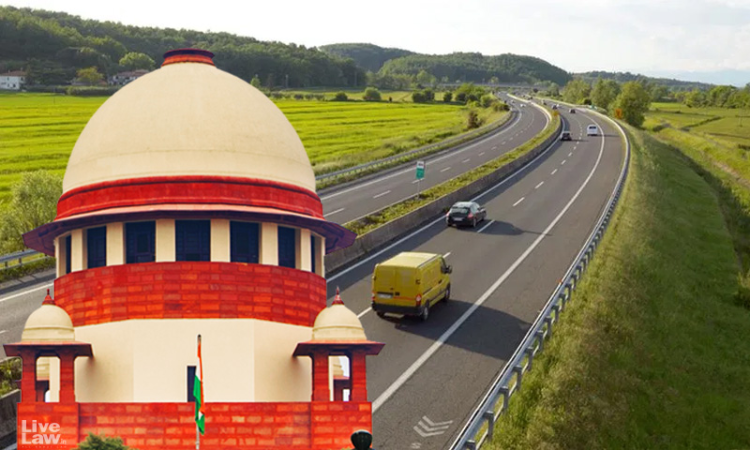Supreme Court Upholds Land Acquisition Notifications For Chennai-Salem 8 Lane Expressway
LIVELAW NEWS NETWORK
8 Dec 2020 10:48 AM IST

Next Story
8 Dec 2020 10:48 AM IST
The Supreme Court on Tuesday upheld the notifications issued for acquiring land for the Chennai-Salem eight-lane greenfield expressway project.Partly allowing the appeals of the Union of India and the National Highways Authority of India, the top court reversed the Madras High Court judgment to the extent it quashed the land acquisition notifications.The Court said that it has negatived...
